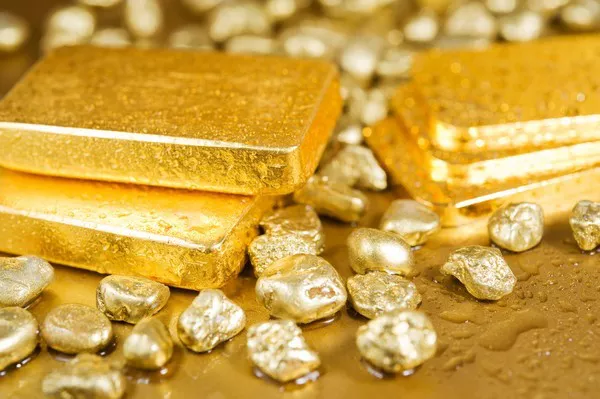Gold scrap refers to any discarded or unwanted gold items that are no longer in use or have been damaged. This article aims to delve into the concept of gold scrap, its sources, processing methods, market dynamics, and its significance in the gold industry.
Understanding Gold Scrap:
Definition: Gold scrap encompasses a wide range of items made of gold, including jewelry, coins, dental restorations, electronic components, and industrial products. These items may be broken, outdated, or simply unwanted by their owners.
Sources: Gold scrap can originate from various sources, such as individuals selling old jewelry, dental offices discarding gold fillings, electronics manufacturers recycling components, and industrial processes producing waste containing gold.
Composition: Gold scrap items may contain varying purity levels of gold, ranging from 9 karats (37.5% gold) to 24 karats (99.9% gold). The purity of gold scrap affects its value and determines the processing required to extract pure gold from the scrap.
Processing Methods for Gold Scrap:
Refining: The primary method for extracting pure gold from scrap involves refining processes such as smelting, cupellation, or electrolysis. These processes remove impurities and separate the gold from other metals present in the scrap.
Assaying: Before refining, gold scrap undergoes assaying to determine its purity and composition. Assaying involves testing a small sample of the scrap to analyze its gold content accurately.
Melting and Casting: Once the gold scrap has been refined to the desired purity, it is melted and cast into ingots or other forms for further processing or sale.
Market Dynamics of Gold Scrap:
Supply and Demand: The supply of gold scrap is influenced by factors such as changes in consumer behavior, economic conditions, and gold prices. When gold prices rise, individuals may be more inclined to sell their gold scrap, increasing the supply in the market.
Recycling Industry: The gold recycling industry plays a significant role in processing and refining gold scrap. Recycling companies collect, refine, and sell recycled gold to manufacturers and investors, contributing to the circular economy of gold.
Environmental Considerations: Recycling gold scrap has environmental benefits, as it reduces the need for new gold mining, which can have adverse environmental impacts such as habitat destruction and water pollution.
Significance of Gold Scrap in the Industry:
Supply Source: Gold scrap serves as a significant source of gold supply, supplementing mined gold production. In some years, recycled gold accounts for a substantial portion of total gold supply globally.
Economic Value: Gold scrap has economic value both as a source of raw material for manufacturing and as an investment asset. Recycled gold can be used to produce new jewelry, electronics, and other products, contributing to various industries’ supply chains.
Investment Potential: Investors may also view gold scrap as an investment opportunity, particularly in times of high gold prices. Purchasing and refining gold scrap can yield profits for investors, depending on market conditions and refining costs.
Conclusion:
In conclusion, gold scrap plays a crucial role in the gold industry as a significant source of supply, economic value, and investment potential. Understanding the sources, processing methods, market dynamics, and significance of gold scrap provides insights into its importance in the broader context of gold production, recycling, and consumption. As the demand for gold continues to evolve, gold scrap will remain a vital component of the gold ecosystem, contributing to sustainable resource management and economic growth.

